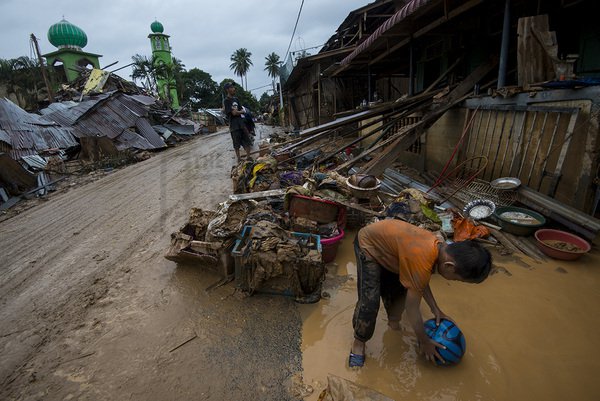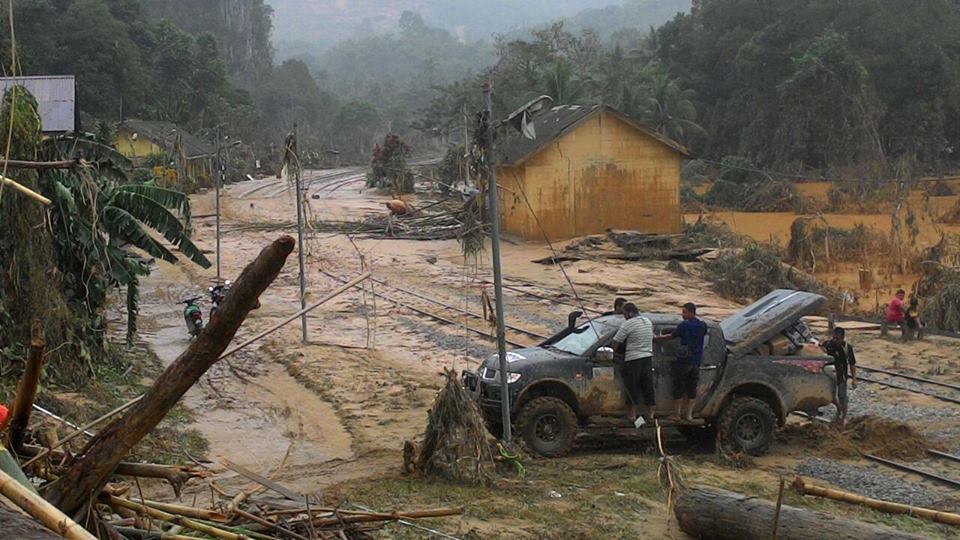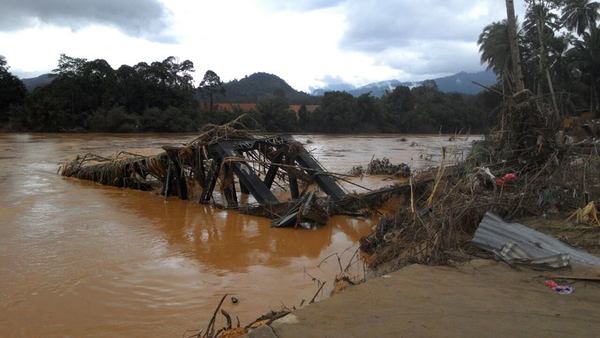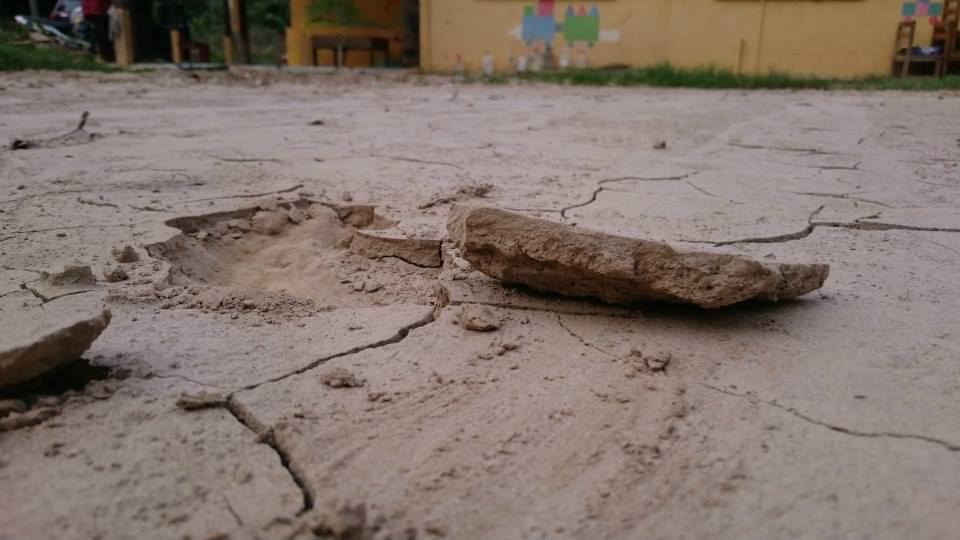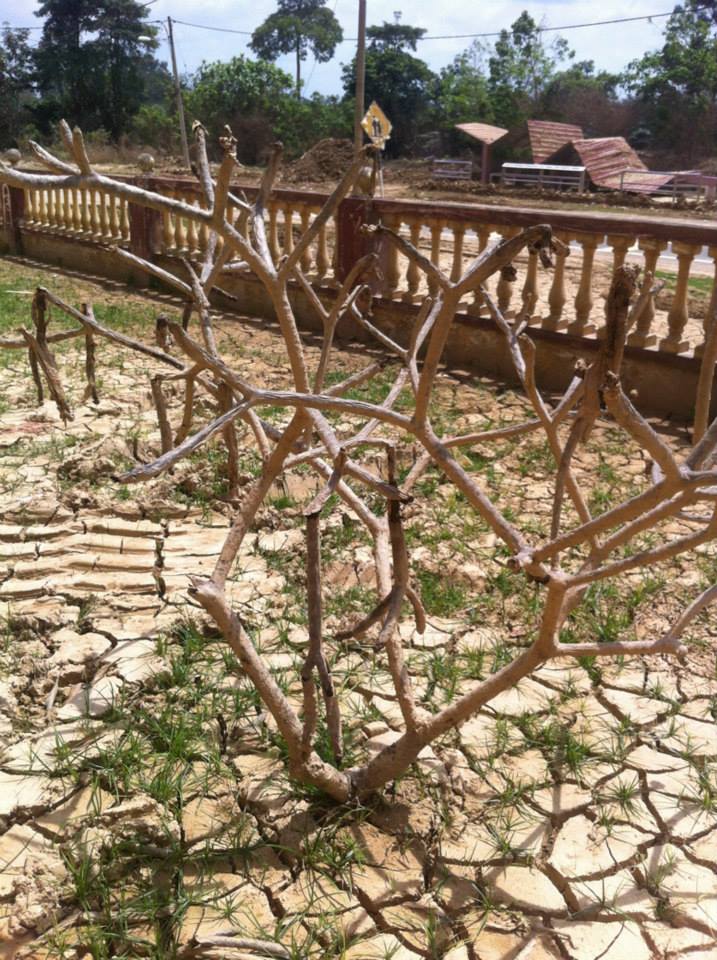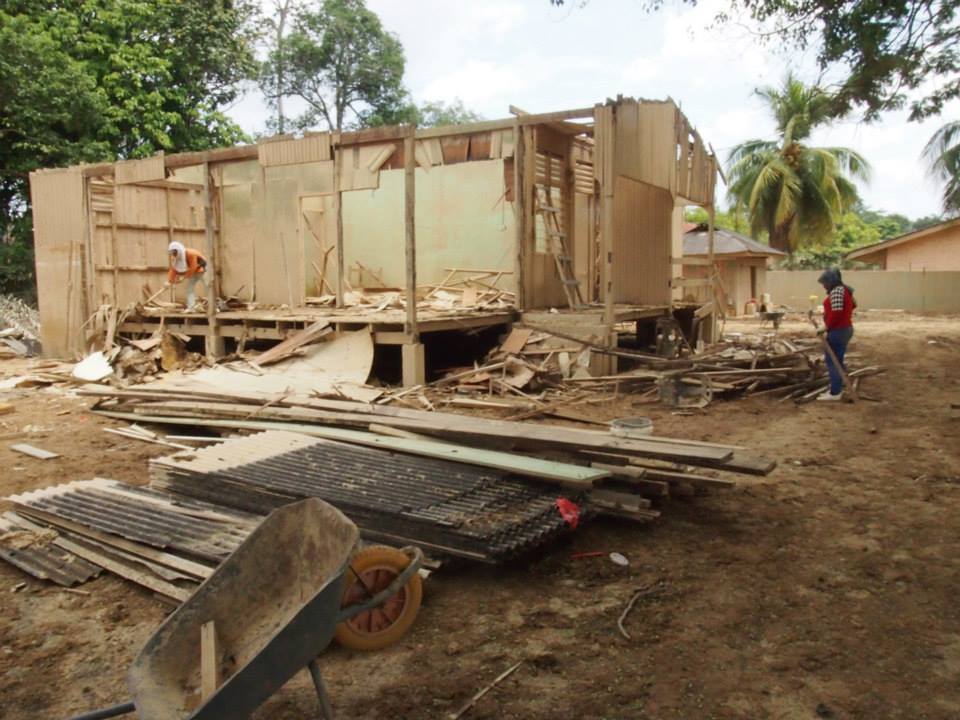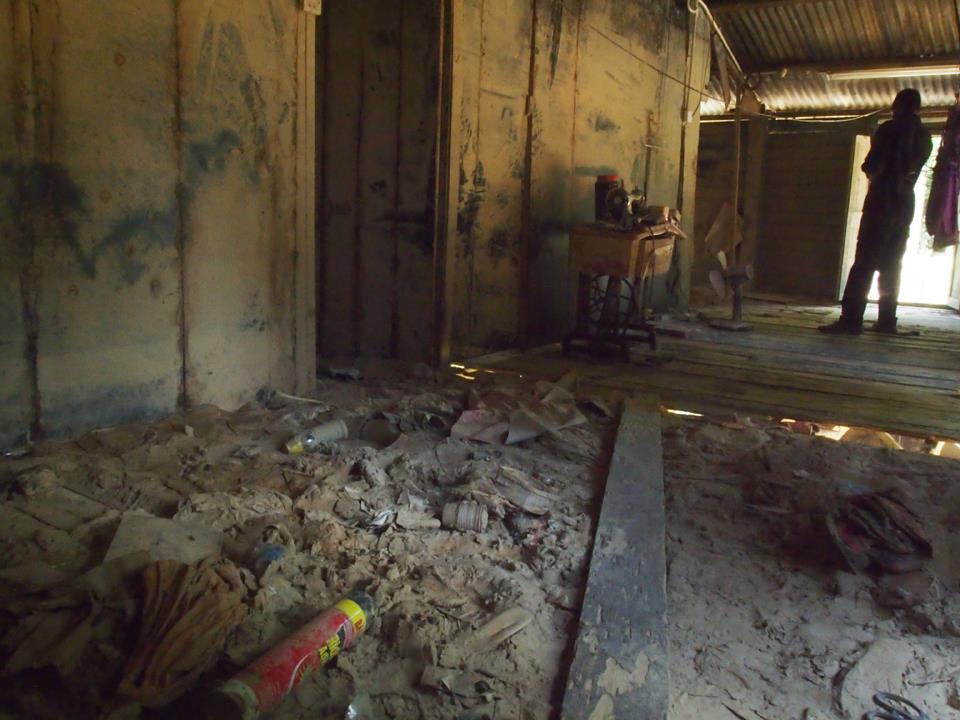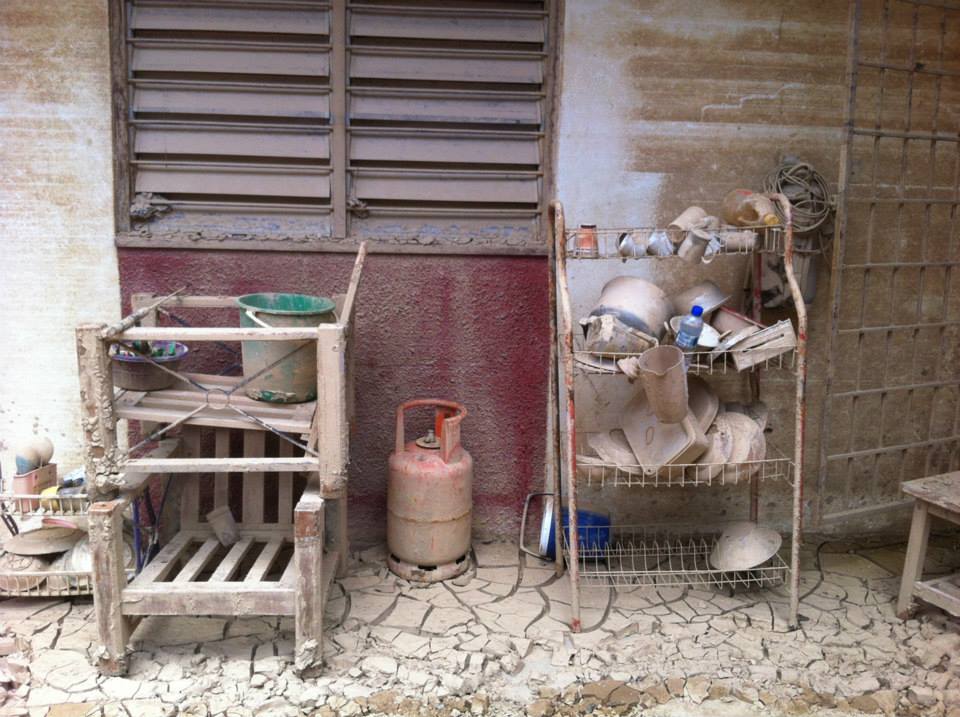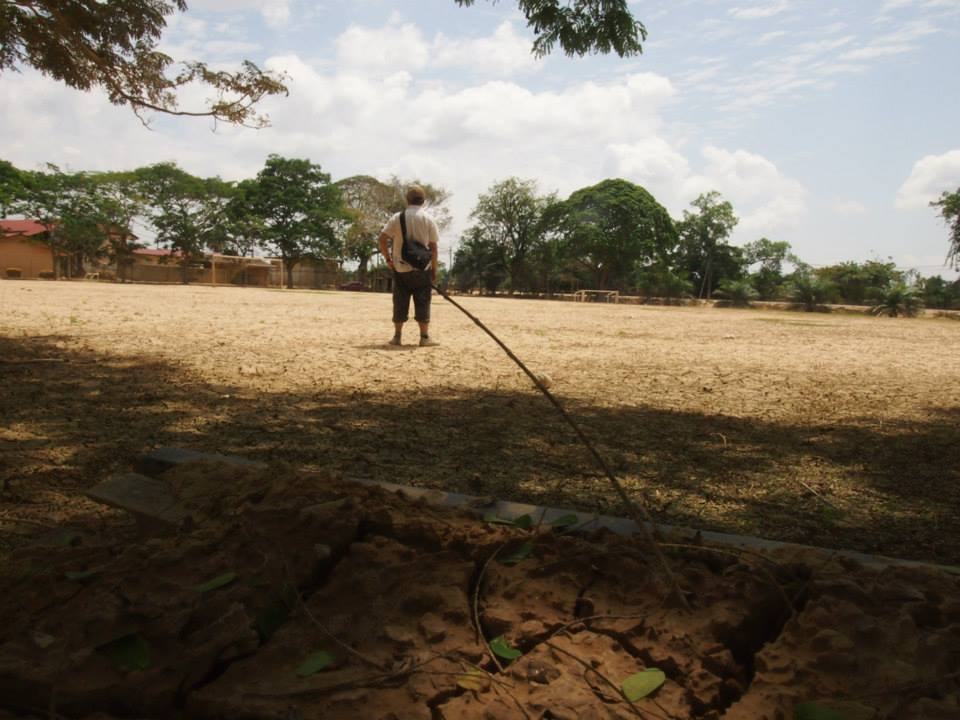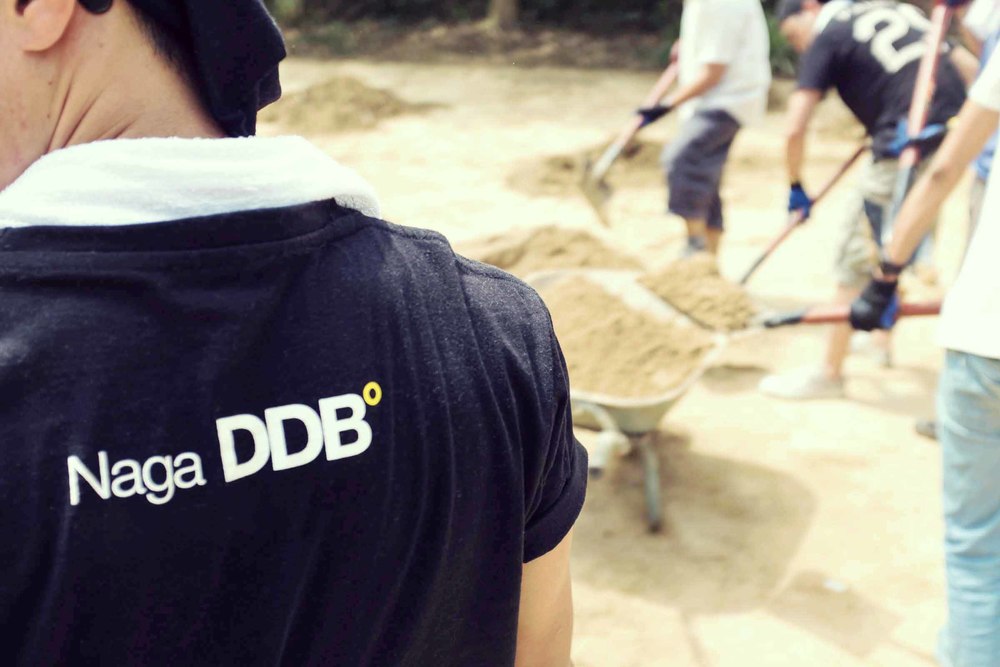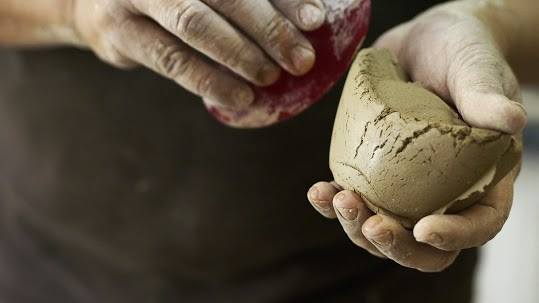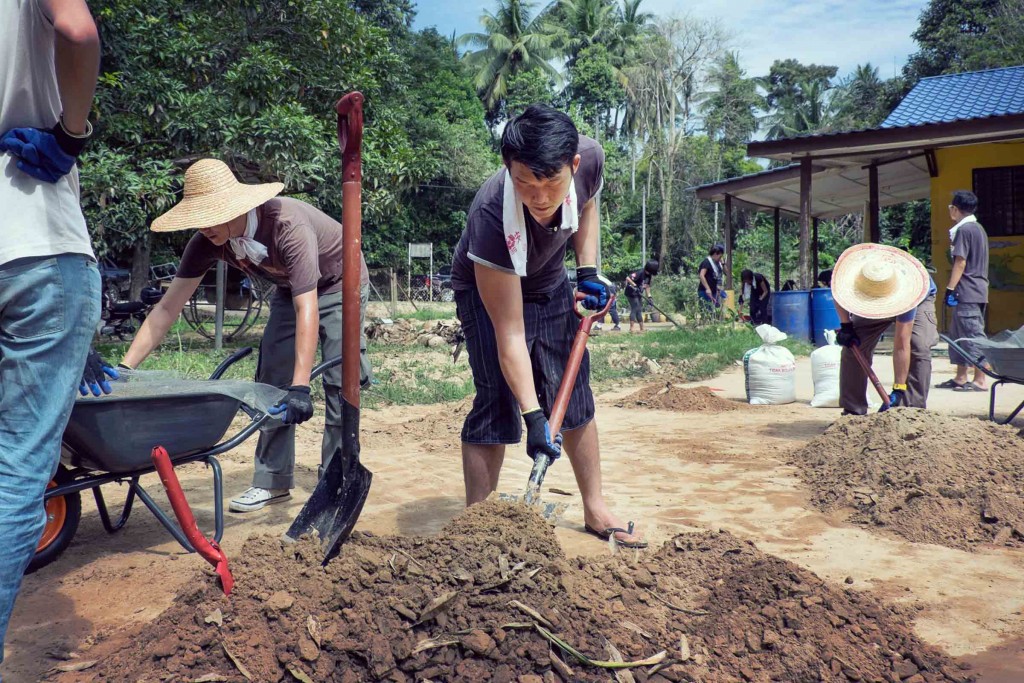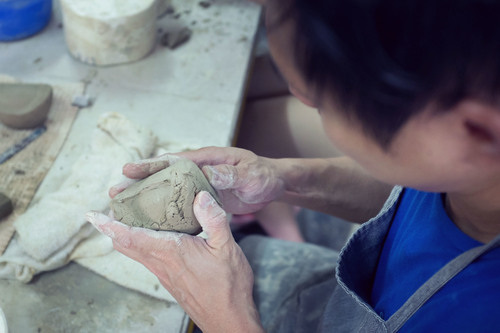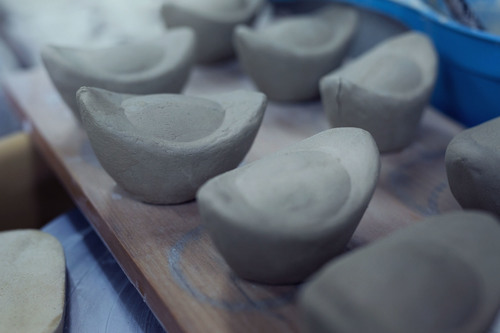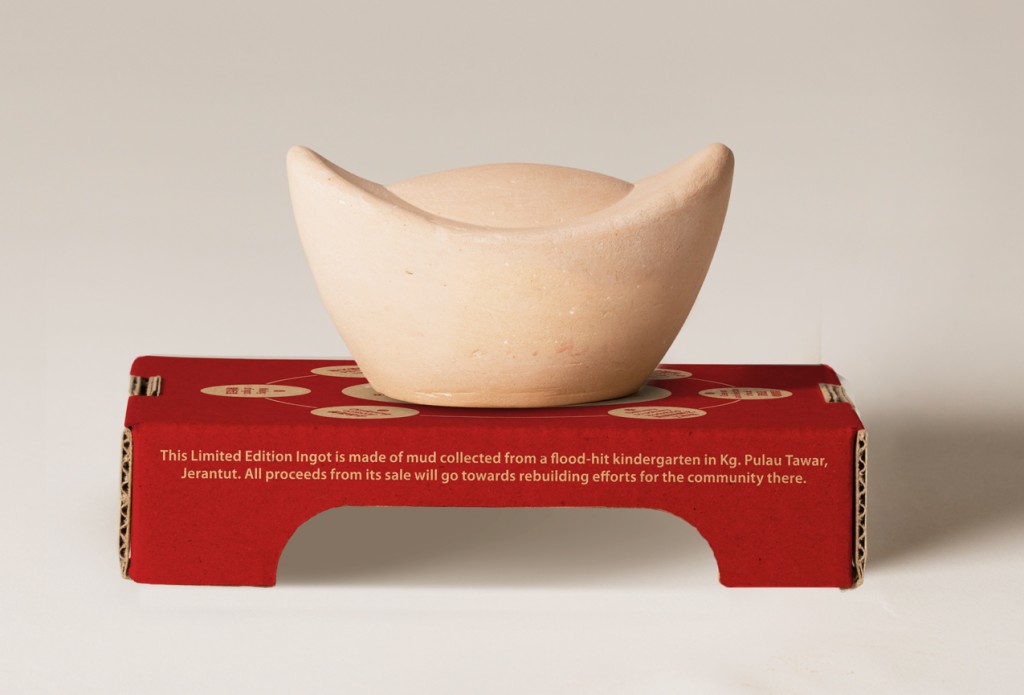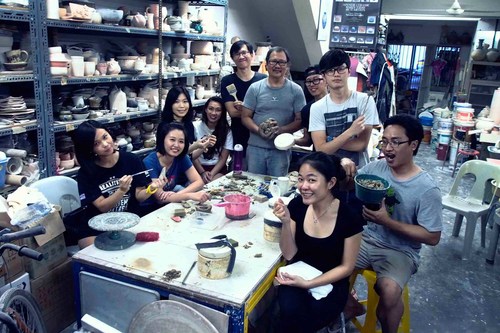Where Most People Would See Only Mud, A Bunch Of Malaysians Saw A 'Golden' Opportunity
We're equally amazed at their farsightedness and willingness to turn dirt into "gold!"
The flood that marked the end of 2014 was the worst case of flooding in Malaysia since 1971, leaving East Coast in utter ruins
A child helping his family to clean up their house in Kampung Manek Urai Lama.
Image via themalaysianinsider.comHowever, as the floodwaters receded, it left behind a whole lot of mud, leaving many parts of East Coast completely covered in it, including a small kindergarten in Kg. Pulau Tawar, Jerantut
Everywhere the floodwaters went, it left behind mud, covering everything from utensils to verandah and spoiling anything that it came in contact with from books to furniture to football fields
With so much of it, while most saw only mud, a bunch of Malaysians saw a golden opportunity to bring Malaysians together this CNY for flood relief efforts in the East Coast
Well, kind of! Here's the thing about all that mud:
The kind of mud that the floodwaters had left behind is called "wangnee" in Chinese, which means "yellow mud", the group's website explains. "But, the pronunciation also sounds like ‘the arrival of prosperity’. This gave the mud a greater meaning."
So under a project called Mission #wangnee, the group, who are from Naga DDB, cleaned up the mud from the site, and brought it to a pottery workshop called A Touch of Clay in Segambut, according to Cilisos.
Once there, the mud was mixed with other substances to make it suitable for molding, since pure dried mud is extremely fragile, explains Cilisos. Why? To make Chinese "gold" ingots, that would go on to look something like this:
The idea of molding the mud as "gold" ingots came about as CNY was just around the corner, and what better than Chinese "gold' ingots to symbolise prosperity during the CNY period!
Wait, it's not in gold? Yeah, it's not painted in gold because as Naga DDB's creative director Alvin Teoh explained:
The choice to keep the original appearance is to remind donors where the ingot came from and to stand as a tribute to all Malaysians who have come forward to help.
"What we have done is nothing, but we used our platform as storytellers to pay tribute to Malaysians from all walks of life coming to help. They organized themselves to help out."
Interested in getting one? The ingots are now up for sale!
You can check out their website or click here for the online store where you can pick up your own ingot for RM88, RM128, or RM168.
Funds will be used to purchase materials such as schoolbooks, furniture, and other items that will help them resume their lives. Excess funds will go to NGOs working in Orang Asli outreach.

